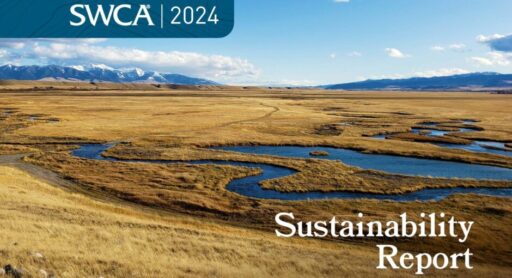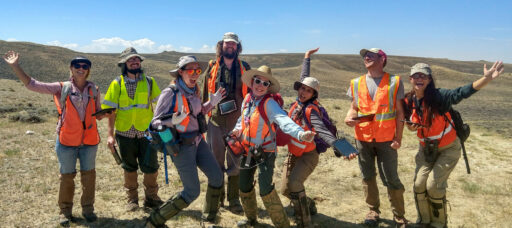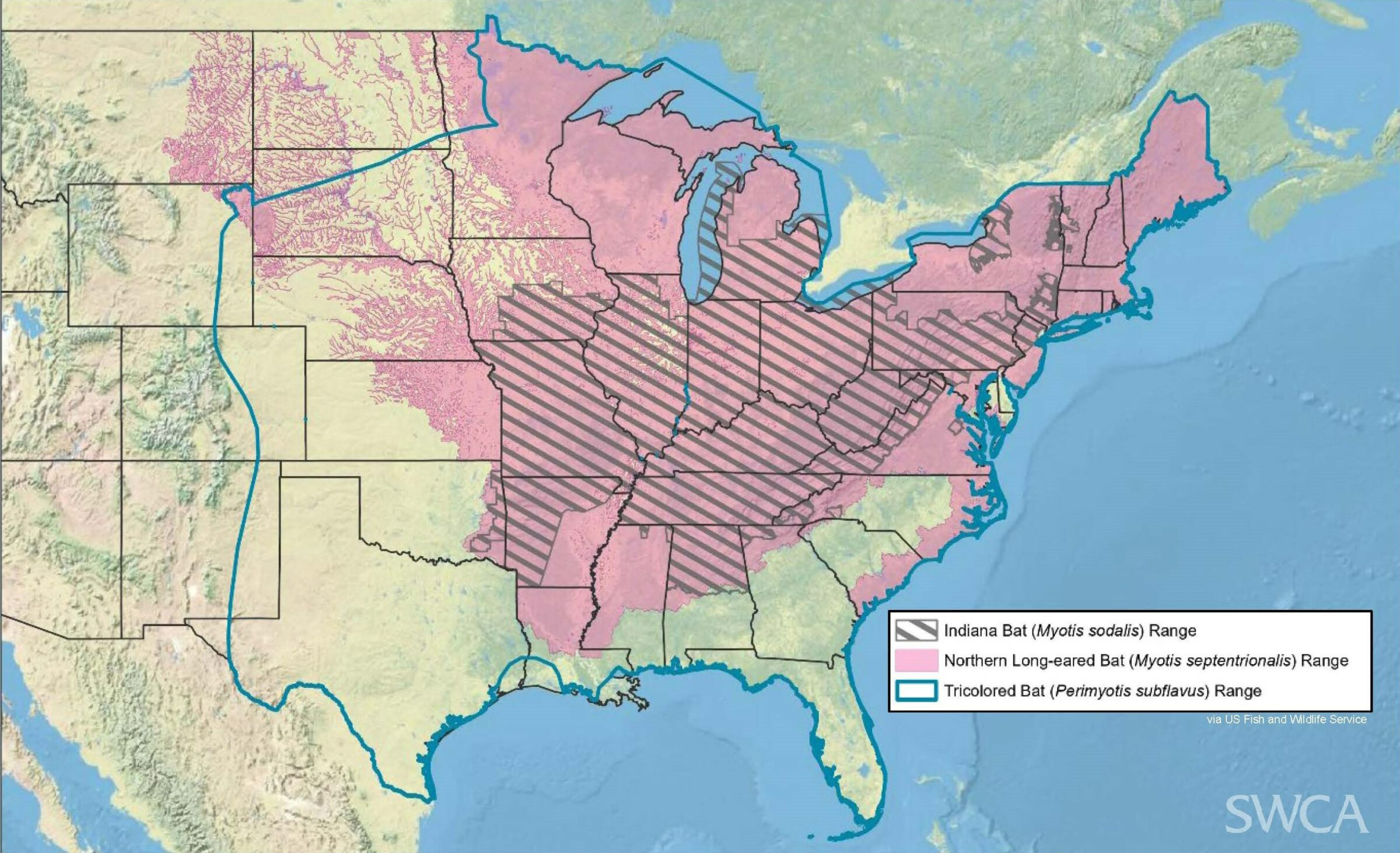2025
Comparably’s Best Company Outlook
* Providing engineering services in these locations through SWCA Environmental Consulting & Engineering, Inc., an affiliate of SWCA.

From the experts we hire, to the clients we partner with, our greatest opportunity for success lies in our ability to bring the best team together for every project.
That’s why:

At SWCA, sustainability means balancing humanity’s social, economic, and environmental needs to provide a healthy planet for future generations.

SWCA employs smart, talented, problem-solvers dedicated to our purpose of preserving natural and cultural resources for tomorrow while enabling projects that benefit people today.

At SWCA, you’re not just an employee. You’re an owner. Everyone you work with has a stake in your success, so your hard work pays off – for the clients, for the company, and for your retirement goals.
Northern Long-Eared Bat Endangered, Final Rule in Effect
Drew is one of SWCA’s Midwest lead project managers specializing in renewable energy projects and Endangered Species Act compliance. He is a federally permitted bat biologist with 16 seasons of field survey experience.


As of March 31, 2023, the final rule to reclassify the northern long-eared bat (Myotis septentrionalis; NLEB) as endangered is in effect. The USFWS recently released several northern long-eared bat consultation tools for project proponents, summarized broadly as follows:
These documents are available at: Northern Long-eared Bat (Myotis septentrionalis) | U.S. Fish & Wildlife Service (fws.gov).

Please contact our bat experts to discuss what this new guidance might mean for your projects. Our robust field survey capability, bat technical expertise, and extensive regulatory compliance experience ensure we deliver Sound Science and Creative Solutions.
Kely Wabnitz | Senior Project Manager
Julia Wilson | Bat Survey Manager, Associate Project Biologist